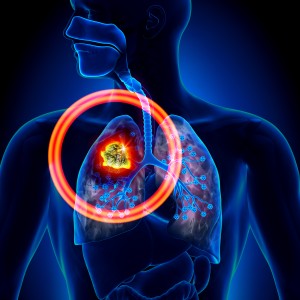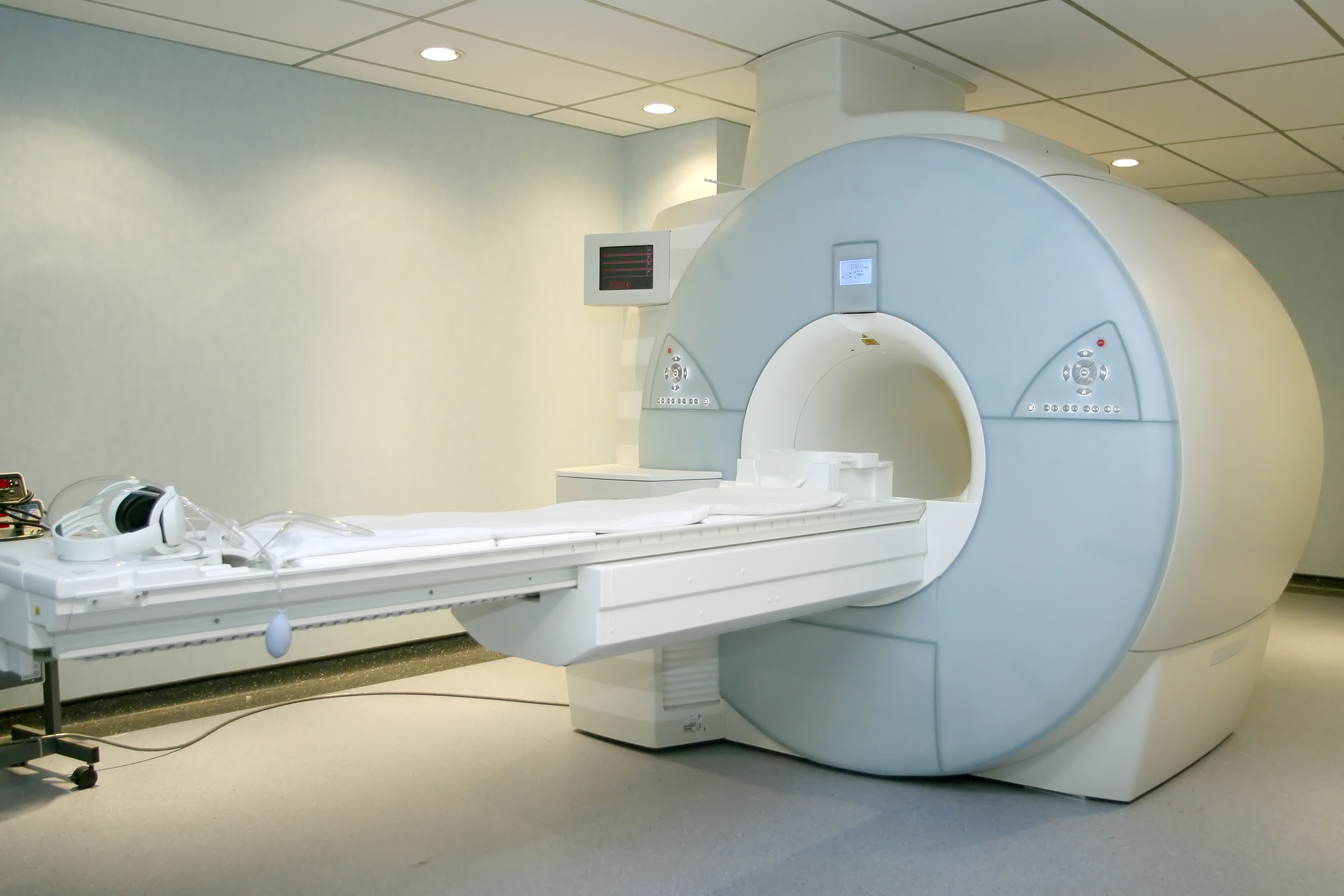 Researchers at the Johns Hopkins School of Medicine and Johns Hopkins Bloomberg School of Public Health in Baltimore, Maryland recently evaluated the importance of performing follow-up positron emission tomography/computed tomography (PET/CT) studies in lung cancer patients. The study was published in the Journal of Nuclear Medicine and is entitled “18F-FDG PET/CT and Lung Cancer: Value of Fourth and Subsequent Posttherapy Follow-up Scans for Patient Management.”
Researchers at the Johns Hopkins School of Medicine and Johns Hopkins Bloomberg School of Public Health in Baltimore, Maryland recently evaluated the importance of performing follow-up positron emission tomography/computed tomography (PET/CT) studies in lung cancer patients. The study was published in the Journal of Nuclear Medicine and is entitled “18F-FDG PET/CT and Lung Cancer: Value of Fourth and Subsequent Posttherapy Follow-up Scans for Patient Management.”
According to the American Lung Association, lung cancer is the primary cause of cancer-related deaths in the United States and worldwide for both men and women. The U.S. will have an estimated 221,200 new cases and 158,000 deaths in 2015 alone. Upon diagnosis of the disease and primary treatment, follow-up appointments are extremely important to detect cancer recurrence or metastasis.
A PET/CT scan is an imaging tool that combines two scan techniques in one exam: a PET scan and a CT scan. The CT scan allows the generation of cross-sectional images of anatomical structures. The PET scan can yield three-dimensional images of tissue function or cell activity by detecting the radiation emitted from the patient who has received a radioactive glucose injection (also referred to as 18F-FDG). Although all cells in the body use glucose as an energy source, cancer cells due to their faster growth require higher levels of glucose, and this is the principle behind cancer detection with 18F-FDG in PET scan. The PET/CT scan combined technique can therefore provide data regarding the location, nature and the extent of the lesion or malignancy, being mainly used for the diagnosis and assessment of malignant diseases, metastases and evaluation of treatment responses.
[adrotate group=”3″]
The Center for Medicare and Medicaid Services recently declared that only three follow-up 18F-FDG PET/CT scans will be funded per patient after completion of the initial anticancer therapy. This study aimed to assess the added value of four or more follow-up PET/CT scans in the clinical evaluation and influence on patient management.
Researchers conducted a retrospective study, comprising a total of 1,171 patients with biopsy proven lung cancer and who had been submitted to 18F-FDG PET/CT scans. 85 patients (7.3%) were found to have four or more follow-up PET/CT scans (in a total of 285 scans), in which the results correlated with clinical evaluation and treatment alterations. Of all these 285 scans, 149 (52.28%) were interpreted as positive for metastasis or recurrence, while 136 (47.7%) were considered negative. In 44.3% of the scans, recurrence or metastasis was identified in cases without clinical suspicion, and in 28.1% of the patients, the PET/CT scan resulted in a treatment alteration.
The team concluded that additional 18F-FDG PET/CT scans, besides the established three scans, in follow-up assessments after primary anti-tumor treatment added value to the patient’s medical evaluation and resulted in a change in patient management in 28.1% of the time.
“Although the value of FDG PET/CT has been established in the follow-up of patients with lung cancer, this study specifically looks at the value of the fourth and subsequent follow-up PET/CT studies, which has not been addressed in any prior studies,” explained the study’s senior author Dr. Rathan Subramaniam in a news release. “We now need to establish similar evidence for other human solid tumors.”

